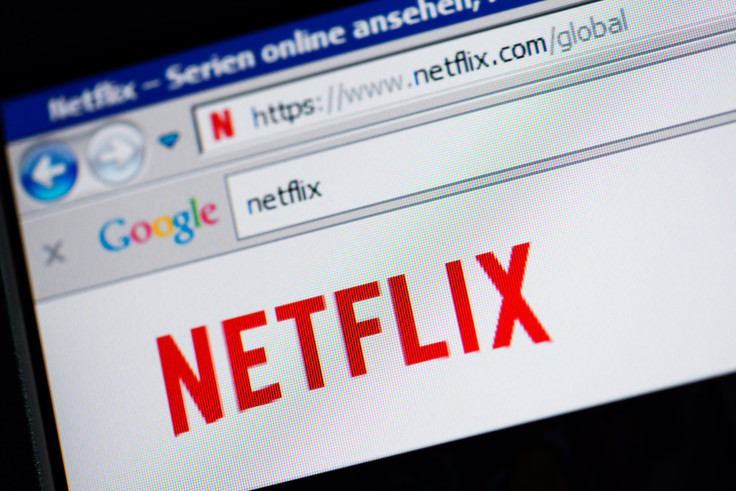Netflix Inc (NFLX) Earnings Preview 2016: What To Expect In Monday's Quarterly Release

Netflix Inc. (NFLX) will release quarterly earnings report Monday afternoon for the three months ending in September, and analysts don’t have high hopes for the streaming service’s success.
The California-based streaming company, which turned 19 years old at the end of August, boasts 83 million subscribers in 190 countries, the company said in its most recent financial press release. Its paid memberships, however, stood at just under 80 million as of June. In a letter to shareholders, Netflix leadership predicted general membership to hit about 85.5 million and paid membership to reach 82.4 million. (Non-paying members are those using a free trial.)
“We are growing, but not as fast as we would like or have been,” the letter read, adding that market disruption “can be bumpy.”
The company’s earnings per share (EPS) are expected to fall to $0.06, from $0.09 last quarter, according to Zacks Investment Research.
A likely reason for the decline may be the company’s saturation within its primary market, the U.S., where 57 percent of its total members and 58 percent of its paid subscribers reside, as total membership in the U.S. grew less than two percent between June of 2015 and June of this year.
And while its total foreign membership rate grew by more than 50 percent over the same period, Netflix has yet to turn a profit on its services abroad, and projects $95 million in related losses for the third quarter of 2016, according to the letter to shareholders. One analyst told Marketwatch in January that he expected Netflix’s international streaming service wouldn’t become profitable for another five or six years.
The company has also been ridding itself of what subscribers long considered a major perk—essentially, what Netflix was originally for: movies. Remember the old days, when Netflix meant an envelope of DVDs delivered to your mailbox? While the streaming service has been able to battle competitors like HBO and Hulu with original series like “Orange is the New Black” and “House of Cards,” it only offered 31 of the movies on the Internet Movie Database’s top 250 list as of mid-October, down from 49 two years ago, Streaming Observer found.
Netflix Chief Financial Officer David Wells announced in September that half of the streaming service’s content would be original, and that the company expected to launch 600 hours of original programming in 2016, up from 450 hours in 2015, Variety reported.
Despite such shifts in content and target audience, investors aren’t as pessimistic this quarter as they were the previous three. Netflix’s earnings per share from the last three quarters surprised analysts, who expected the company’s EPS to follow a what has been a general downward trend since June 2014, with forecasts at $0.02 for the quarter ending in June, $0.03 for the quarter ending in March and $0.02 for the quarter ending in December. Its reported earnings for those quarters were, respectively, $0.09, $0.06 and $0.07, according to Zacks.
The company’s stock has risen steadily over the past few months, crossing the $100 threshold around the start of October and staying there in the two weeks leading up to the quarterly earnings announcement. The day its second quarter earnings were released in July, Netflix’s stock plummeted from a high of $99.84 to a low of $84.50.
Netflix’s revenues have grown about 33 percent in the past year, from $1.48 billion in the second quarter of 2015 to $1.96 billion for the quarter ending in June 2016. It projected revenues for the quarter ending in September to hit nearly $2.2 billion, according to the letter to shareholders. Its expected profit for the third quarter of 2016 was $365 million, up from $345 million the previous quarter, and $277 million in the third quarter of 2015.
© Copyright IBTimes 2025. All rights reserved.






















